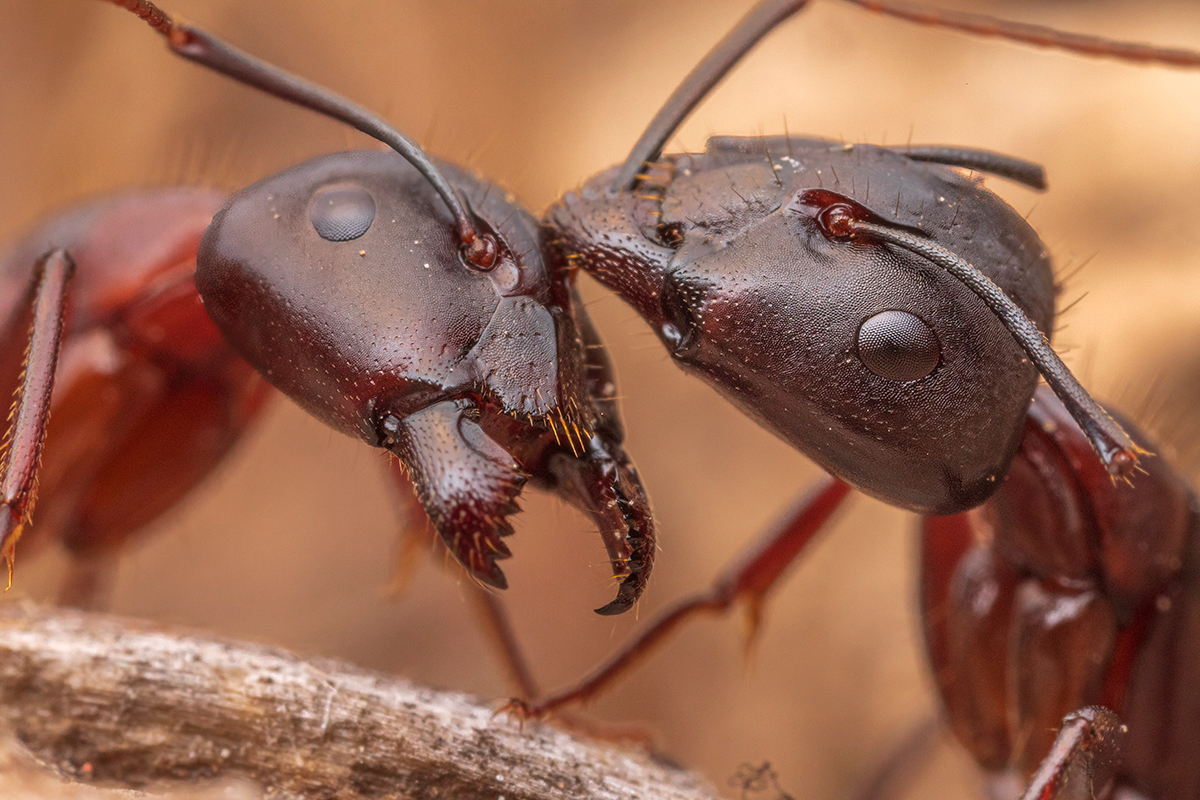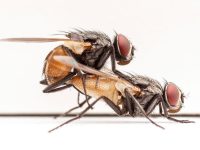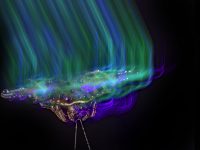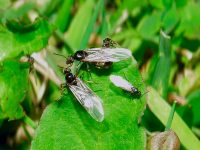
It is possible that many of the naturalists, scientists and nature lovers in general who are reading this article have memories of childhood spent in the countryside, watching and interacting with ants. Endless rows of ants, all looking different but all going into the same hole, tireless workers carrying sticks, seeds and food scraps easily three times their size… It was a labyrinth of emotions that captured our attention and our imagination.
Years later, information confirmed what our intuition had already proclaimed: these little creatures are as common as they are special. With nearly 14,000 species described, ants can be found on every continent except Antarctica. It is estimated that they could account for 20% of the terrestrial animal biomass, even more than vertebrates. Their morphology is diverse, with designs that can vary according to their diet – whether they are generalists or specialists – or according to where they live, either in terms of topography or climate. But perhaps the most striking thing about this group of insects is their ability to organise themselves. They are eusocial, a term that defines the highest level of social organisation in the animal kingdom. And the exchange of pheromones is fundamental to this behaviour.
These pheromones are their distinguishing feature, the key to recognising each other and distinguishing themselves from unwanted intruders, such as neighbouring colonies. If these chemical signals are unfamiliar, the attack is ruthless. This is one of the main causes of the conflict between ants that we observe in nature in the midst of a pitched battle. But it is not the only one. Climatic factors, such as wind or rain, can «rob» ants of their chemical identity and unleash a merciless war between individuals within the same colony.
Photographing an ant battle is fascinating, at least for a while. The epic nature of the battle fades when, more than forty minutes later, the exhausted ants barely move from their positions – while keeping their «enemy» in check. The key to capturing this moment is therefore not speed, but a good close-up lens – a macro lens – and the correct use of the external flash to avoid strong contrasts that prevent us from illustrating the details of the battle. Of course, the difficulty increases as the ants get smaller.





